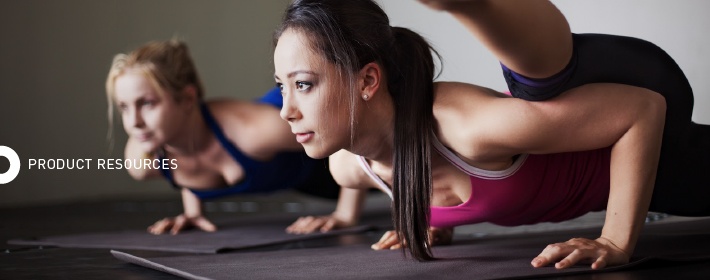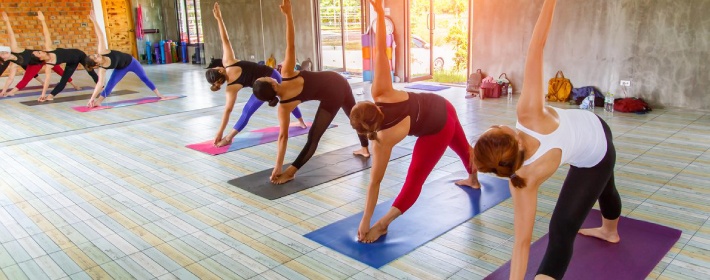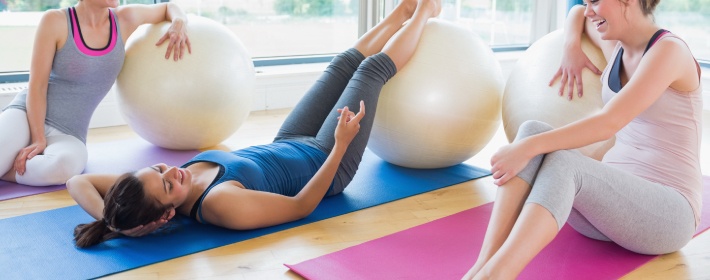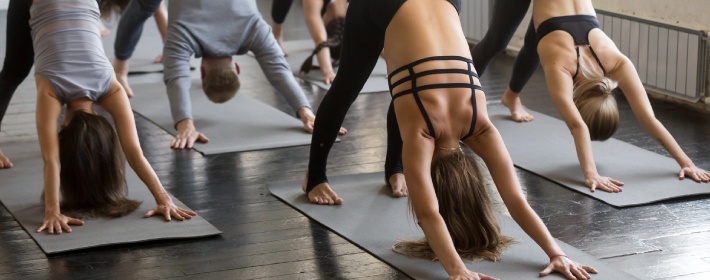5 Things to Consider When Purchasing a Yoga Mat

The type of yoga mat you have can greatly affect your exercise experience. The days are gone when yoga mats were only available in two colors (purple and blue) and could only be made using basic polyester materials. A rise in the Yoga trend has caused many companies to trip over each other in the race to develop the best yoga mats in the field.
Other than aesthetic beauty, the yoga mat needs to keep you stable when you exercise. It also has to be made from materials that can keep you comfortable. The yoga mat also needs to be storable and portable.
What size should you buy?
This is the very first aspect to consider when purchasing a yoga mat. The mats come in a variety of different sizes. When buying, you should consider the mat’s length and width to see if it’s the right fit for you. Most widths are almost always a constant 24” while most yoga mat lengths are variable. You should consider different yoga mat measurements when buying mats for kids.
To test out the size of your yoga mat, try to do a downward facing dog pose and if your hands and feet are securely on the mat then you are good to go.

How thick should your mat be?
Thicker mats are more comfortable but up to a certain point. For instance, if your yoga poses involve a lot of standing and balancing, then, a thick yoga mat won’t do you any good. The reduced contact with the floor due to their thickness will ultimately reduce your stability. If you are a beginner, it is more advisable to get a standard mat which is 0.125" thick.

Texture
The texture of a mat is very important because it determines grip. You need a yoga mat that doesn’t allow you to slip in the middle of a pose. Choose a mat that offers a relatively rough texture with enough traction to help you perform your poses safely.
What types of mats should you consider?
- Eco-friendly or natural mats: Eco-friendly mats are made from biodegradable materials such as organic cotton and natural rubber. These types of mats lack durability due to the nature of the materials they are made from. Their traction with the floor is a little low but they are the best for body to mat traction. They are excellent for people who are environmentally conscious.
- Thermoplastic elastomer mats: These types of mats are made with a blended mixture of rubber and plastic polymers. They are less durable than PVC mats but generally produce about the same traction. They are also environmentally friendly as some can be fully recycled.
- PVC (plastic) mats: PVC mats have a lot of advantages. They are more durable as compared to the other two types of yoga mats, they are easier to clean and they have excellent floor traction. They are also the best option for people who have latex allergies since the PVC mats are made from plastic.

Aesthetics
After considering all the other factors above, you can then look at this last one as the final factor that will help you make the final purchase decision. You can choose from a variety of different patterns and colors such as solid colors, patterns that are either single or double printed and various other designs.
Yoga is one of the most relaxing, beneficial exercises you can ever involve yourself in, health-wise. You should, therefore, get the best mat that suits your body and exercise regimen. You should also learn to listen to your body because if you feel comfortable on your mat, nothing else matters.
Empower your staff and reassure your community with our FREE downloadable cleaning and disinfecting guides for fitness centers, educational settings, hospitality facilities and more.
Topics from this blog: Product Resources
Back




